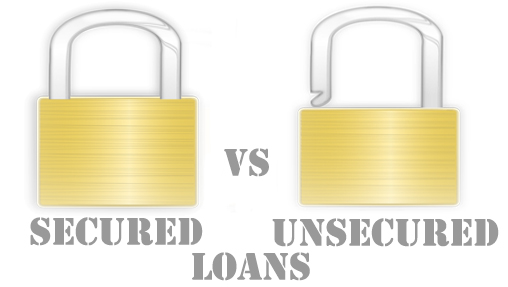Nature and Security of Loans

To ensure the safety of funds lent, the first and most important factor
considered by a bank is the capacity of borrowers to repay the amount
of loan, The bank therefore, relies primarily on the character, capacity
and financial soundness of the borrower. But the bank can hardly afford
to take any risk in this regard and hence it also has the security of
tangible assets owned by the borrower. In case the borrower fails to
repay the loan, the bank can recover the amount by attaching the
assets.
It can sell the assets offered as security and realize the amount. Thus
from the view point of security of loans, we can divide the loans into two categories: (a) secured, and (b) unsecured.
Unsecured loans
Unsecured Loans are
those loans which are not covered by the security of tangible assets.
Such loans are granted to firms/institutions against the personal security
of the owner, manager or director. On the other hand,
Secured loans
Secured loans are those which are granted against the security of tangible assets, like
stock in trade and immovable property. Thus, while granting loan against
the security of some assets, a charge is created over the assets of the
borrower in favour of the bank. This enables the bank to recover the
dues from the customer out of the sale proceeds of the assets in case
the borrower fails to repay the loan.
There are various types of securities which may be offered against
loans granted, but all of those are not acceptable to the banks. The
types of securities generally accepted by the bank are the following:
- Tangible assets such as plant and machinery, motor-van, etc.
- Documents of title to goods, like Railway Receipt (R/R), Bills of exchange, etc.
- Financial Securities (Shares and Debentures)
- Life-Insurance Policy
- Real estates (Land, building, etc).
- Fixed Deposit Receipt (FDR)
- Gold ornaments, Jewellery etc.


Post a Comment